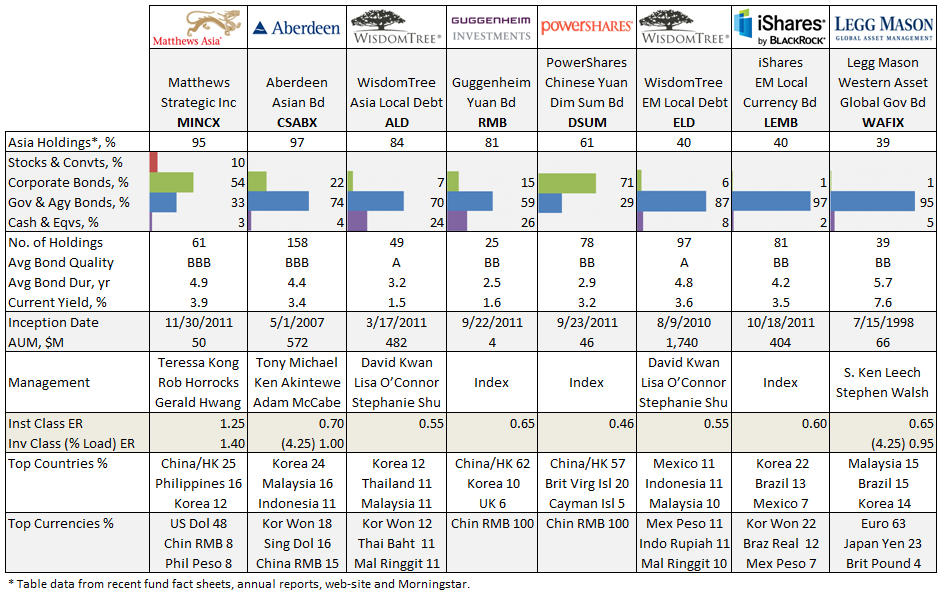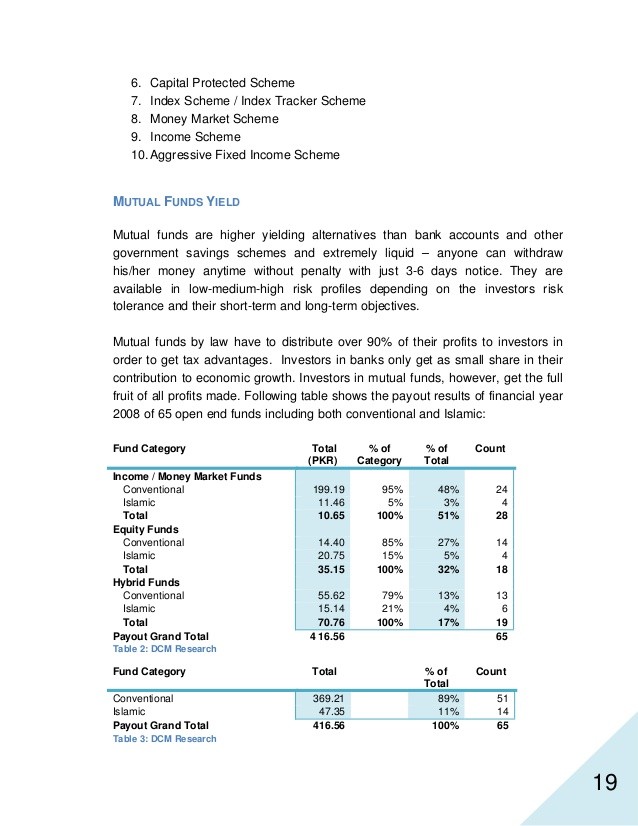Bank loan funds rewarding but risky fixedincome alternatives
Post on: 15 Май, 2015 No Comment

Bank loan funds consist of loans made by banks or other financial institutions to companies and are often below investment grade. While they’re not fixed income — you can lose money — they can provide a return equal to or better than high-yield money market accounts. That is because the loans that comprise the funds are very short-term, giving lenders the opportunity to frequently raise the interest rate. This ability to keep pace with interest-rate changes also helps keep your principal more stable than the typical bond fund.
Before you say, Whoa, I don’t invest in junk! understand that the way these loans are structured removes much of the risk to investors, says Gary Stroik, portfolio manager at Wealth Builders Inc. based in Little Silver, N.J.
The loans are typically secured by cash or assets or other property. There are no independent ratings, but the bank has done its due diligence. The bank packages the loans and sells them; which is where the funds come in.
Bank loan funds are senior loans, meaning that should the company default, these loans take precedence over other debt and have to be paid back before bond holders.
You’re senior and you’re secured, so if things go wrong you’re one of the first to get paid, says Scott Berry, analyst with Morningstar.com. You have that security that can back up your claim. It’s not always enough to cover the original investment, but there’s less risk than with a high-yield bond.
Jason Flurry, a certified financial planner and president of Legacy Partners Financial Group, Woodstock, Ga. says investors usually get back 75 cents to 80 cents on the dollar when there’s a default.
Floating-rate funds give investors better downside protection relative to high yield in the event of credit quality declining, says Flurry. I like the fact that credit quality is improving. Moody’s and Standard & Poor’s expect default rates to decline to about 2 percent by the end of the year.
Flurry says these investments should be thought of as short-term, high-yield bonds with terms — often 30 days, 60 days or 90 days — that are much shorter than typical high-yield bonds.
The interest rates reset very quickly so you have a better chance of maintaining stable principal value. As the Fed raises interest rates, the higher rates on the short end of the yield curve will cause short-term interest rates to go up, and given the short reset period, they respond quickly to a rising interest rate.
Morningstar tracks the returns of bank loan funds offered by about a dozen companies including AIM, Fidelity, Eaton Vance, Merrill Lynch and Oppenheimer. The year-to-date (through July) average return is 3.12 percent. The one-year, three-year and five-year returns are, respectively, 6.92 percent, 4.69 percent and 4.17 percent. The average expense ratio is 1.45 percent.
Berry says the slowing economy may hamper corporate growth and keep capital appreciation lower than what investors were envisioning in 2003, but that this is still a good time to invest in bank loan funds, which can help diversify a bond portfolio.
If you have an interest-rate-sensitive bond portfolio centered in high-quality bonds, this can balance some of those risks. They have less interest-rate risk. They’re more economy sensitive than interest-rate sensitive. Over the last few years we’ve seen fewer risks in this group, more diversification and the liquidity has improved.
Liquidity may be an issue for some investors. Many funds in this group allow investors to buy shares any time but restrict redemptions to monthly or quarterly. Some, such as Fidelity, Franklin and Eaton Vance, have funds that allow redemptions any time.
According to Berry, the only true no-load fund in the group is Fidelity’s Floating Rate High Income fund. If you want to avoid loads, buying directly from the fund company may, in some instances, keep your costs down.

Expense ratios also tend to be on the high side. Loads and expenses reduce your return, but that doesn’t always mean you should opt for the lowest cost fund, Flurry says.
Review the prospectus to look for sales charges and expenses. If they can generate the yield and charge the expenses — as long as I know how much money (they’re) getting I really don’t care what they charge.
Closed-end funds that trade on the exchanges like stocks are another option in the floating-rate category. Eaton Vance, PIMCO, Salomon Brothers and Nuveen are among the companies offering this option.
Here are some of the bank loan funds tracked by Morningstar. Most offer multiple share classes:
- AIM Floating Rate Columbia Floating Rate Advantage Eaton Vance Floating Rate Fidelity Floating Rate High Income Franklin Floating Rate Franklin Floating Rate Daily Access ING Senior Income Fund MainStay Floating Rate Merrill Lynch Senior Floating Rate Oppenheimer Senior Floating Rate SunAmerica Senior Floating Rate Van Kampen Senior Floating Loan
Here are some of the closed-end funds that trade on the exchanges:
- Eaton Vance Senior Floating Rate (EFR) Floating Rate Income Strategies Fund (FRA) Nuveen Floating Rate Income Fund (JFR) PIMCO Floating Rate Income Fund (PFL)
- Salomon Brothers Emerging Markets Floating Rate (EFL)














